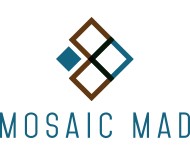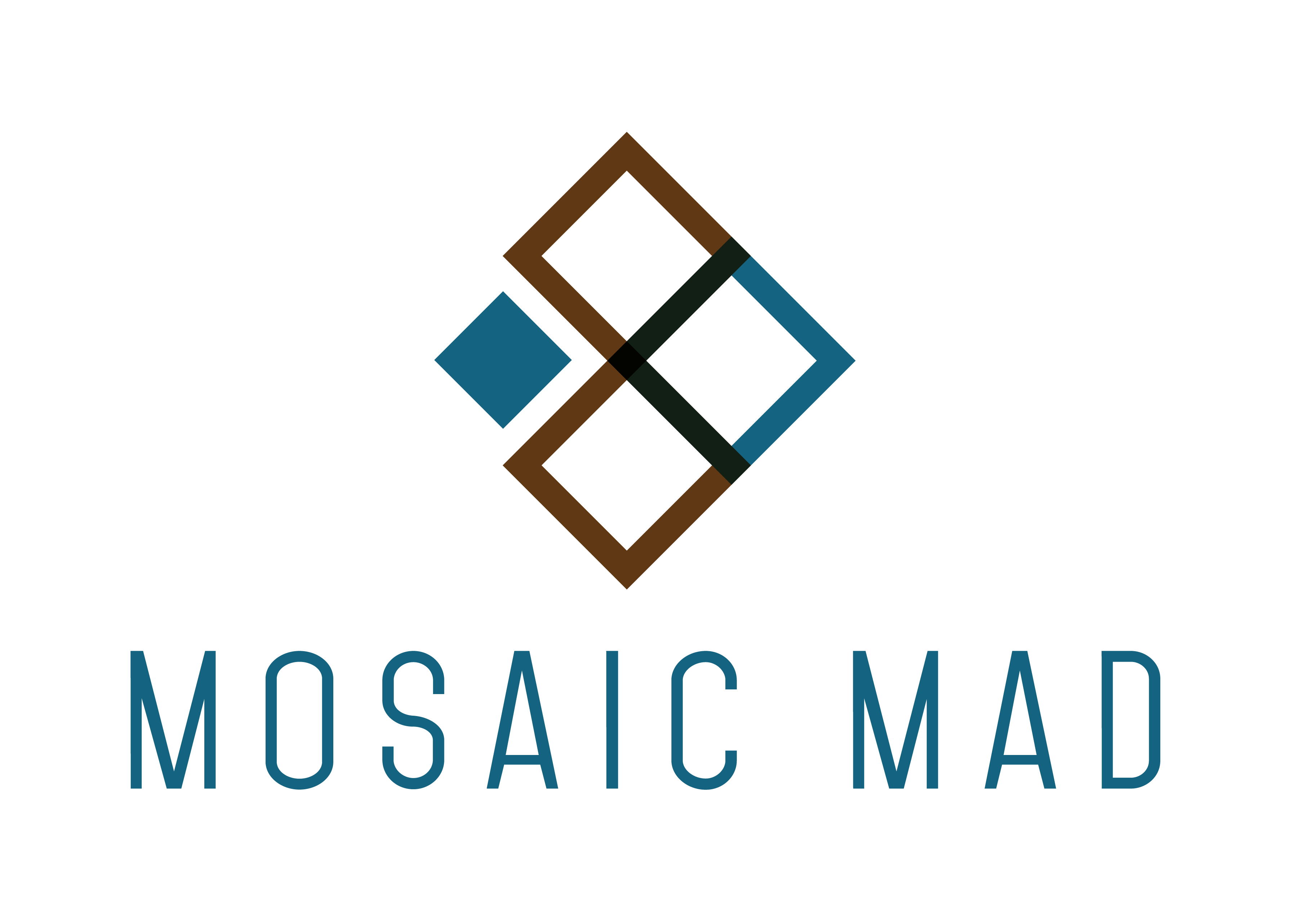Categories
- SWATCHES
- SHEETS
- PRE-NIPPED Crystal Glass
- MIXED-MEDIA Bags
- TILES : Ceramic/Porcelain
- INSERTS and EMBELISHMENTS
- KITS
- TOOLS, GLUE, MESH
- GROUT
- BASES
- PATTERNS and E-BOOKS
Specials
-

CLOVER - RED NO FRAME
R10.00 (-30%) R7.00
MOSAIC INFO:
- What is Mosaic?
- Mosaic Design
- Common Mosaic Mistakes
- Things to Consider
- Mosaic Colour Basics
- Mosaic Materials
- Mosaic Surfaces & Adhesives
- Transferring Mosaic Patterns
- Cutting Tools
- Cutting Techniques
- The Indirect Mosaic Method
- Pique Assiette Method
- Choosing Grout Colour
- How to Grout your Mosaic
- Side Finishing Options
Search
Mosaic Patterns:
Where to find them & how to transfer them to your base
Where to find cheap or free mosaic patterns:
Cheap or free mosaic patterns can be found online, in interior design books or graphic design books, or even in children's coloring books. Websites offering free stencil designs are also a good place to look. If you have someone who does tapestry or cross-stitch, these patterns are also great for mosaic projects.
Some of the pictures in design books can be complex and difficult to translate onto your base, depending on the type of book, so we've found that pictures with a minimum of detail work best. Children's colouring books can make great patterns for mosaics for the following reasons:
They are very freely available and inexpensive.
The pictures have just enough detail without becoming overly-complicated. The drawing needs to be simple because it's only an outline of your design. You will be adding in the details when you add your tile, bringing in the shading and texture. The picture is at most just a map of the outlines of your design.
Coloring books come in a host of themes from animals and people to buildings and almost everything in between.
The pictures are easy to adapt or combine into one bigger design.
Customizing a Mosaic Pattern:
As you are converting a simple image with very little detail into a much more complex work of art, visual choice is very important - you need to focus on adding your own elements of dimension, depth and chosen style. This is translated by your choice of tile, texture and shading.
In order to give a flat shap more depth, think about using 2 different colours or shades of the same color instead of only 1 color to create highlights and shading - this will give flat shapes some depth.
Try and use bold outlining. These outlines should be clear and dark but not thick. Big thick outlines make images hard to see.
Try and incorporate more than one design elements into your work, such as ornamental bordering, or use multiple designs together to create a central theme.
Experiment with tiles or stones with varying texture and unexpected color.
Improvise by modifying the pattern to make it work for you.
Remember if you are trying to reproduce any copyrighted material make sure you ask for or have been given permission to do so before starting especially if the project is for a public space. The suggestions we've made here are for works intended mainly for mosaics for personal use.
Transferring and Enlarging Patterns:
There are a number of techniques that you can use in order to transfer your chosen design onto your base:
1. Photocopy transfer:
Print out your design and with the measurements in mind that you will need, you can go to your nearest copy-shop (eg Postnet) and ask them to enlarge the image for you. Most have photocopy machines that can enlarge the image a certain percentage. Tape your photocopy face-down on your base and gently saturate the reverse with Mineral Turpentine. This will cause the photocopy toner to transfer to your base. REMEMBER: You will end up with a mirror-image of your design so this technique doesn't work for numbers and letters.
2. Carbon paper transfer:
This is simply having your design printed the correct size and using masking tape, position a sheet of carbon paper between the pattern and your base and trace over the lines. Try not to move the pattern before you've finished as its very difficult to re-align the image again.
3. Grid technique transfer:
This is a lot easier than most people think. This simple technique is used all the time, even by people who haven't learned to draw freehand. This technique is to simply trace a light grid over the original drawing using a pencil and ruler and then quickly and easily copy the contents of the grid onto a similar yet larger grid on your base.
How its done: If we have a small drawing that is say 20cm x 20cm and we want to use that drawing as the pattern for a table that is 80cm x 80cm.
Take a ruler and pencil and trace a grid on your original pattern. For example, draw a line every 2cm both horizontally and vertically so that the pattern is covered by a grid of 2cm squares. In this example, that would mean 10 columns by 10 rows.
Take the ruler and pencil and trace a grid with the same number of lines on the table. But the table is larger. How far apart should you make the lines? We divide the width of the table by the number of rows: 80cm divided by 10 rows = 8cm per row. That means we trace a line every 8cm on the table.
Now we have a pattern covered in 100 squares and a table covered in 100 larger squares. Look at the grid on the pattern and notice that the pattern doesn't look that complicated when divided up into 100 pieces.
In fact, each of the 100 squares probably only contain one simple line. Simply copy one square at a time. Notice that it is easy and fast to copy each of the squares without "drawing" in a mental sense because you are only making a line or maybe two in each of the squares.
4.Using the pattern itself.
This technique is can be used for simple designs but is very useful for more complex projects but lends itself mainly to flat projects. Prepare your base as usual by sealing it with your PVA solution. Let this dry properly and then apply a coat of decopage podge to the base. Lay your patten directly onto the podge and ensure that its positioned correctly. Apply another layer of podge over your pattern and let this dry. You are in fact decopaging the pattern onto the base before you begin. This is useful in two ways: firstly, you can now mosaic directly onto your pattern which is now stuck to the board if you colour in the spaces or make notes on planned techniques on your pattern, you have these hints on hand as you work.
Remember the basics: Prepare your base before transferring your pattern, calculate the amount of tiles you will need and add at LEAST 10% to that figure as waste. Make sure you have enough tiles to complete the project before starting. Suppliers cannot guarantee that different batches will have exactly the same shade and running out of tiles half-way through can be disastrous.
Happy mosaicing!
Cart
New products
No new products at this time

